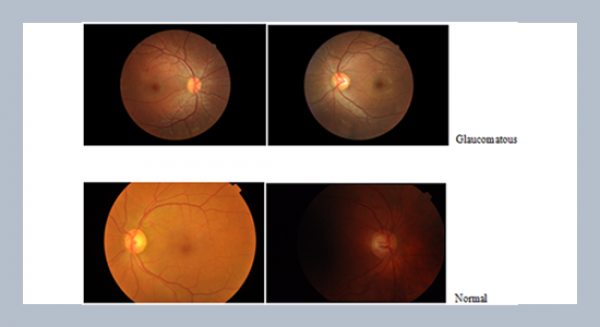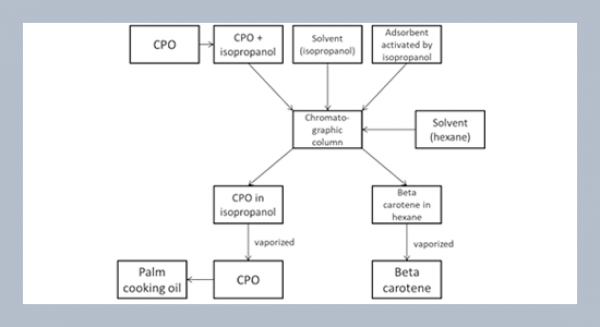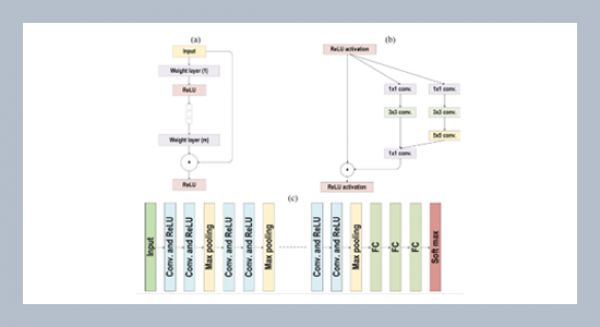REFERENCES
- [1] Ghirardi M. L., Zhang L., Lee J. W., Flynn T., Seibert M., Greenbaum E., and Melis A. 2000. Microalgae: a green source of renewable H2. Trends in Biotechnology, 18, 12: 506-511.
- [2] Akkermana I., Janssenb M., Rochac J. and Wij1elsd R. H. 2002. Photobiological hydrogen production: photochemical efficiency and bioreactor design. International Journal of Hydrogen Energy, 27(11-12): 1195-208.
- [3] Melis A. 2002. Green alga hydrogen production: progress, challenges and prospects. International Journal of Hydrogen Energy, 27(11-12): 1217-1228.
- [4] Fedorov A. S., Kosourov S., Ghirardi M.L. and Seibert M. 2005. Continuous H2 photoproduction by Chlamydomonas reinhardtii using a novel two-stage, sulfate-limited chemostat system. Applied Biochemistry and Biotechnology, 121 (1-3): 403-412.
- [5] Kapdan I. K. and Kargi F. 2006. Bio-hydrogen production from waste materials. Enzyme and Microbial Technology, 38, 5: 569-582.
- [6] Spolaore, P., Joannis-Cassan, C., Duran, E., and Isambert, A. 2006. Commercial applications of microalgae. Journal of Bioscience and Bioengineering, 101, 2: 87-96.
- [7] Sawayama, S., Inoue, S., Dote, Y., and Yokoyama, S.-Y. 1995. CO2 fixation and oil production through microalga. Energy Conversion and Management, 36(6-9): 729-731.
- [8] Dunahay T. G., Jarvis E. E., Dais S. S., and Roessler P. G. 1996. Manipulation of microalgal lipid production using genetic engineering. Applied Biochemistry and Biotechnology, 57-58: 223-231.
- [9] Banerjee A., Sharma R., Chisti Y., and Banerjee U. C. 2002. Botryococcus braunii: a renewable source of hydrocarbons and other chemicals. Critical Reviews in Biotechnology, 22, 3: 245-279.
- [10] Gavrilescu M. and Chisti Y. 2005. Biotechnology—a sustainable alternative for chemical industry. Biotechnology Advances, 23(7-8): 471-499.
- [11] Metting F. B. 1996. Biodiversity and ap-plication of microalgae. Journal of Industrial Microbiology & Biotechnology, 17(5-6): 477-489.
- [12] Chisti Y. 2007. Biodiesel from microalgae. Biotechnology Advances, 25: 294-306.
- [13] Metzger P. and Largeau C. 2006. Botryococcus braunii: a rich source for hydrocarbons and related ether lipids. Applied Microbiology and Biotechnology, 66, 5: 486-496.
- [14] Guschina I. A. and Harwood J. L. 2006. Lipids and lipid metabolism in eukaryotic algae. Progress in Lipid Research, 45, 2: 160-186.
- [15] Nagle N. and Lemke P. 1990. Production of methyl-ester fuel from microalgae. Applied Biochemistry and Biotechnology, 24-25, 1: 355-361.
- [16] Pai T. Y., Wang S. C., Lo H. M., Chiang C. F., Liu M. H., Chiou R. J., Chen W. Y., Hung P. S., Liao W. C., and Leu H. G. 2009a. Novel modeling concept for evaluating the effects of cadmium and copper on heterotrophic growth and lysis rates in activated sludge process. Journal of Hazardous Materials, 166, 1: 200-206.
- [17] Pai T. Y., Wan T. J., Hsu S. T., Chang T. C., Tsai Y. P., Lin C.Y., Su H. C., and Yu L. F. 2009b. Using fuzzy inference system to improve neural network for predicting hospital wastewater treatment plant effluent. Computers & Chemical Engineering, 33, 7: 1272-1278.
- [18] Pai T. Y., Wang S. C., Chiang C. F., Su H. C., Yu L. F., Sung P. J., Lin C. Y., and Hu H. C. 2009c. Improving neural network prediction of effluent from biological wastewater treatment plant of industrial park using fuzzy learning approach. Bioprocess and Biosystems Engineering, 32, 6: 781-790.
- [19] Pai T. Y., Chang H. Y., Wan T. J., Chuang S. H., and Tsai Y. P. 2009d. Using an extended activated sludge model to simulate nitrite and nitrate variations in TNCU2 process. Applied Mathematical Modelling, 33, 11: 4259-4268.
- [20] Pai T. Y., Wang S. C., Lin C. Y., Liao W. C., Chu H. H., Lin T. S., Liu C. C., and Lin S. W. 2009e. Two types of organophosphate pesticides and their combined effects on heterotrophic growth rates in activated sludge process. Journal of Chemical Technology and Biotechnology, 84, 12: 1773-1779.
- [21] Pai, T. Y., Wan, T. J., Tsai Y. P., Tzeng, C. J., Chu, H. H., Tsai, Y. S., and Lin, C. Y. 2010a. Effect of sludge retention time on biomass and kinetic parameter of two nitrifying species in anaerobic/oxic process. CLEAN-Soil Air Water, 38, 2: 167-172.
- [22] Pai, T. Y., Chiou, R. J., Tzeng, C. J., Lin, T. S., Yeh, S. C., Sung, P. J., Tseng, C. H., Tsai, C.H., Tsai, Y. S., Hsu W. J., and Wei, Y. L. 2010b. Variation of biomass and kinetic parameter for nitrifying species in TNCU3 process at different aerobic hydraulic retention time. World Journal of Microbiology and Biotechnology, 26, 4: 589-597.
- [23] Pai, T. Y., Chen, C. L., Chung, H., Ho, H. H., and Shiu, T. W. 2010c. Monitoring and assessing variation of sewage quality and microbial functional groups in a trunk sewer line. Environmental Monitoring and Assessment, 171(1-4): 551-560.
- [24] APHA, AWWA, and WEF 1998. “Standard Methods for the Examination of Water and Wastewater”, 20th ed., American Public Health Association/American Water Works Association/Water Environment Federation, Washington, DC.















